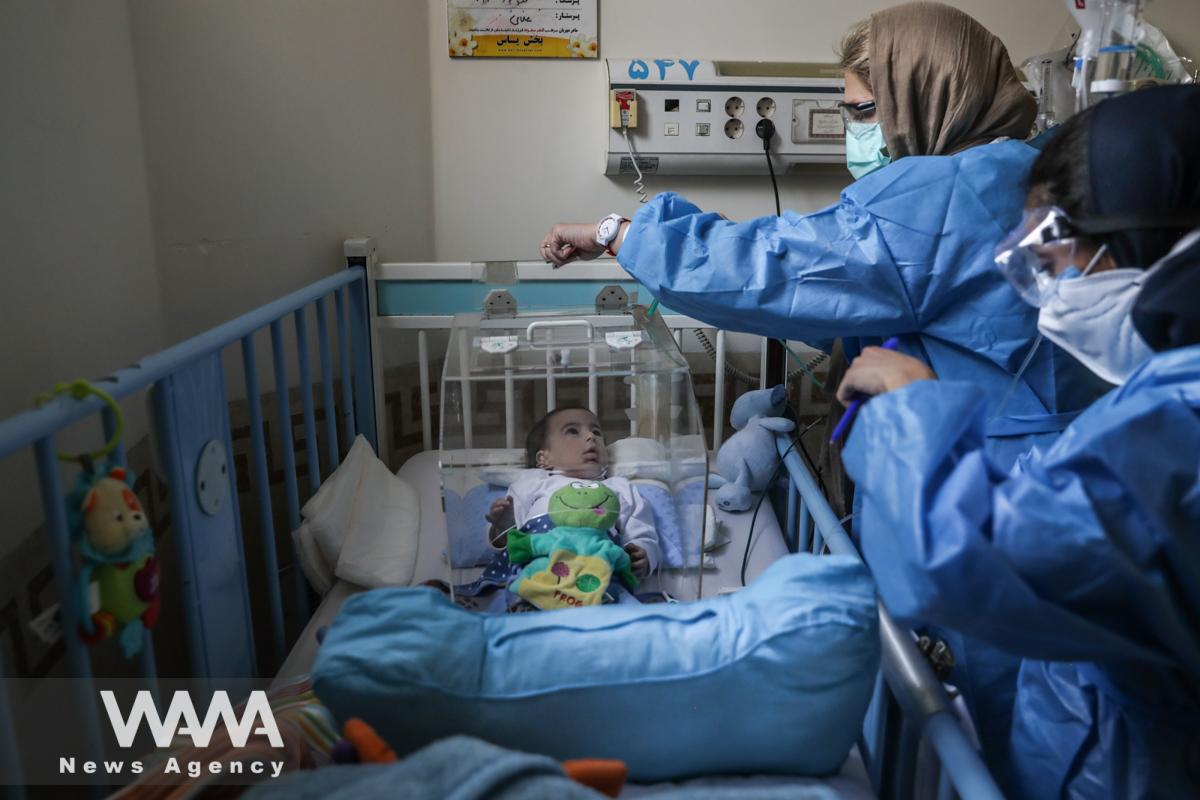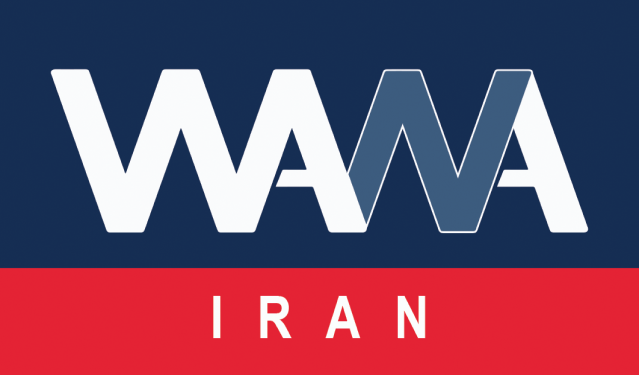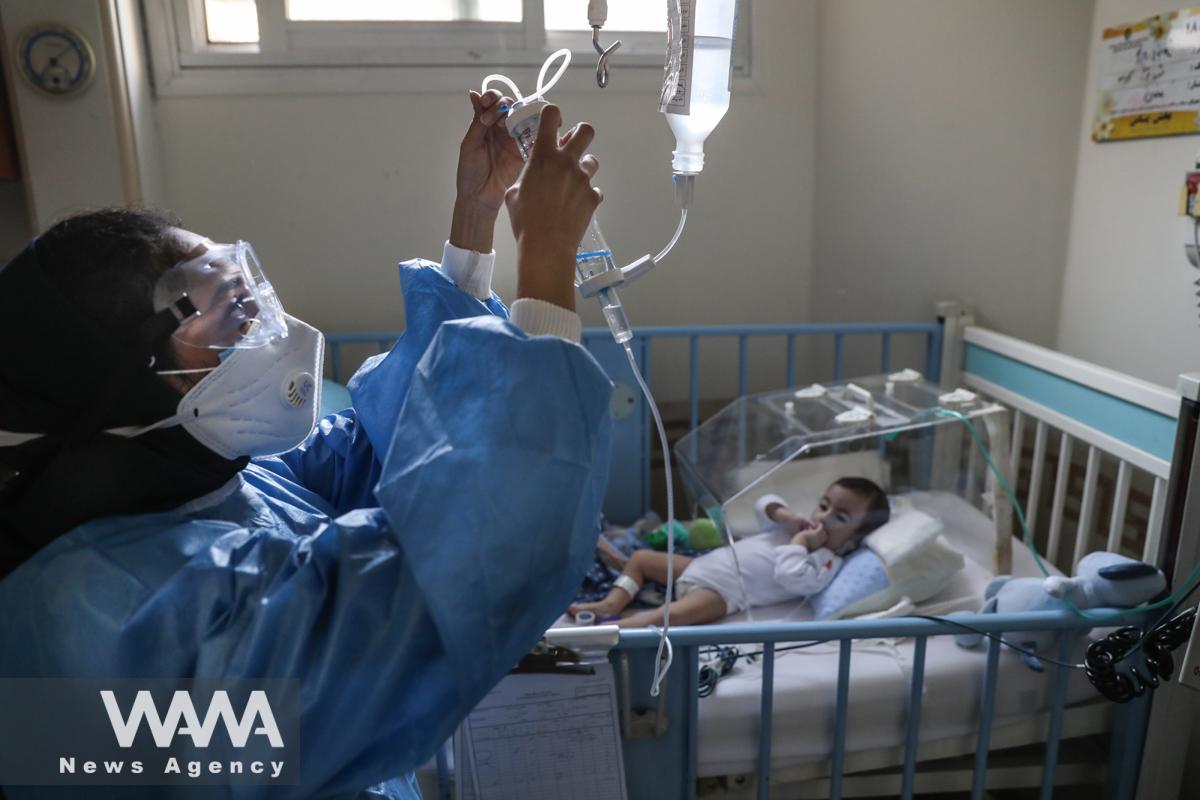Iran and the Great Leap in Medical Equipment Industry
WANA (Feb 05) – When it comes to advanced medical technology, countries like the United States, Germany, and Japan typically come to mind. But did you know that Iran is now among the select few nations producing some of the world’s most sophisticated medical equipment? From medical imaging devices to cancer radiotherapy equipment, Iran has not only reduced its reliance on imports but has also emerged as a key supplier in the region. But how did these advancements come about, and where is this industry headed in Iran?
Trust Beyond Borders
Iran’s medical equipment development is not just about domestic production; it is also tied to international trust. Many patients from neighboring countries, who previously traveled to Europe or the U.S. for treatment, have now found a new destination: Iran.
A foreign patient whose daughter suffers from kidney disease shared his experience: “We first went to Turkey, but we kept hearing about Iranian doctors. That convinced us to come to Iran for treatment.”
But this trust goes beyond medical expertise. The surgical tools, ICU equipment, and imaging devices used in Iranian hospitals are often made in Iran itself.

Iran’s Medical Tech Breakthroughs
WANA (Aug 25) – Iranian researchers in the medical field have recently made significant advancements, achieving milestones that underscore the country’s growing expertise and innovation. Among their most notable developments are an AI-powered patient warmer, advanced orthopedic implants, and a smart hearing aid. Advanced Orthopedic Implants In a groundbreaking effort, Iranian researchers have […]
Iran’s Medical Equipment Industry in Numbers
Iran’s medical equipment industry has seen remarkable growth in recent years:
2,300 Iranian companies are active in the medical equipment sector.
Over the past two years, these companies have introduced 10,000 new products, marking a 45% increase in production.
Last year alone, Iranian companies supplied 90% of the country’s hospital needs.
Iran’s medical equipment market has now reached $750 million in value.

Nurses tending to a child who has contracted the coronavirus at Hazrate Ali Asghar Hospital in Tehran, Iran September 27, 2020. Majid Asgaripour/WANA (West Asia News Agency)
But Iran isn’t stopping at meeting domestic demand—it is exporting medical equipment to over 55 countries worldwide.
One of the most significant recent achievements is the production of a linear accelerator, a key device in cancer radiotherapy. Previously, this technology was only available in the U.S., China, Germany, and Sweden. Now, Iran has joined this exclusive group.
Of course, this progress hasn’t come easily. Foreign companies typically sell advanced technology in “black box” formats, meaning even if a country purchases the equipment, it cannot access the underlying technical knowledge. Iran, however, has achieved 100% localization of the technology and 95% domestic production of components, drastically reducing costs while ensuring self-sufficiency.

Iran Develops Natural Supplement for Kidney Stone Treatment
WANA (Jan 25) – A team of Iranian researchers, in collaboration with Shahid Beheshti University of Medical Sciences, has developed a natural gastro-resistant soft gel designed to help eliminate kidney stones. This innovation reduces reliance on foreign imports and offers a locally produced alternative for patients. Advanced Technology for Better Results The supplement, created […]
Iran Joins the Elite Club of Medical Imaging Technology
In medical diagnostics, SPECT (Single Photon Emission Computed Tomography) is one of the most complex imaging technologies used for detecting cancer and cardiovascular diseases. Only a handful of countries manufacture it—and Iran is now one of them.
Additionally, Iran has successfully localized CT scan production. So far, over 40 Iranian-made CT scanners have been delivered to the Ministry of Health, marking Iran’s entry into the global club of CT scan manufacturers.

Trachea Reconstruction Surgery Successfully Performed in Iran
WANA (Dec 21) – A rare and complex trachea reconstruction surgery was successfully performed at Kosar Educational, Research, and Treatment Center in Semnan province of Iran, saving the life of a 17-year-old patient. The hospital’s director, Dr. Mohammad Foroozesh-Fard, announced on Saturday that the operation marked only the fifth globally documented case in the […]
Iran’s Revolution in Medical Implants
Another groundbreaking advancement is the customized 3D-printed implants. This technology enables the design and production of implants tailored precisely to a patient’s body structure.
For instance, in treating a cancer patient whose coccyx (tailbone) was damaged, the only viable solution was a 3D-printed implant—a procedure that Iran, alongside fewer than ten other countries, can now perform.
Iran’s Path to Self-Sufficiency in Pharmaceuticals and Biotechnology
Iran’s progress isn’t limited to medical equipment. In biopharmaceuticals, Iran now produces 95% of its domestic drug needs. A major breakthrough in this field has been the development of centrifuge systems for biotech vaccine production, a technology in which Iran is now the second country in the world to achieve expertise.

Iran’s Researchers Success in Monitoring Blood Glucose with Microneedles
WANA (Sep 21) – A team of Iranian researchers led by Fatemeh Bakhshandeh, Sadegh Sadeghzadeh, Fatemeh Keyvani, Leila Soleimani, and Mahla Poudineh, in collaboration with Canadian universities, has created an advanced wearable device called the “Aptalyzer.” This innovative device uses microneedle patches and an electrochemical aptamer-based biosensor to enable continuous and precise monitoring of […]
Challenges and the Future of Iran’s Medical Equipment Industry
Despite its impressive growth, Iran’s medical equipment industry still faces key challenges:
Sanctions and restrictions on importing critical components
Competition with established global brands
Building international trust to expand exports

Iran-Indonesia Collaboration: Two New Iranian Robotic Surgery Systems Installed in Indonesia
WANA (Nov 29) – Two advanced Iranian-made robotic surgery systems have been installed and launched in Indonesia, marking another milestone in the growing scientific and technological cooperation between the two nations. These cutting-edge systems, developed by Iran’s Sina Robotics and Medical Innovators Company, have been set up at Wahidin Hospital in Makassar and Adam […]
However, Iran’s success in exporting medical equipment to 55+ countries and establishing joint production lines in Turkey, Iraq, Sweden, Malaysia, the Czech Republic, and Belarus suggests that the industry has substantial growth potential.
With these advancements, Iran has not only reduced its dependence on imports but has also positioned itself as a serious exporter in the medical equipment industry. But the key question remains: Can Iran become a global leader in this sector?
The answer depends on several factors: continued investment in R&D, strengthening international collaborations, and expanding export markets. If Iran sustains this momentum, it may not be long before the country is recognized as one of the global leaders in medical equipment manufacturing.












